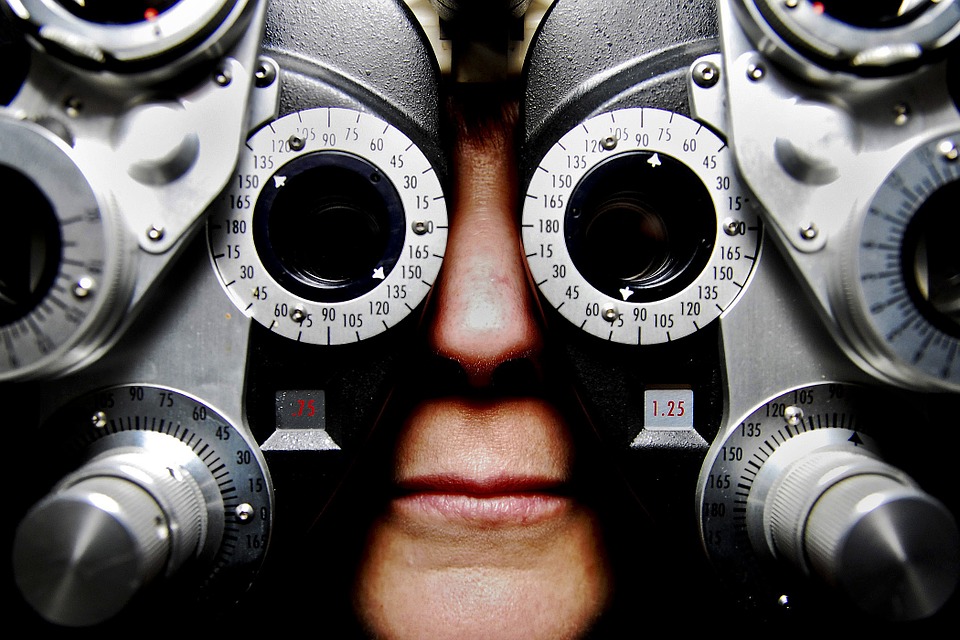 “This study opens a new pathway for potentially treating blinding diseases by manipulating our own regenerative capability to self-repair,” explained lead investigator Bo Chen, PhD, Associate Professor of Ophthalmology and Director of the Ocular Stem Cell Program, and the McGraw Family Vision Researcher at the Icahn School of Medicine at Mount Sinai. “This is the first step to finding promising cures for patients that involve self-repair as opposed to medicine or invasive procedures.”
“This study opens a new pathway for potentially treating blinding diseases by manipulating our own regenerative capability to self-repair,” explained lead investigator Bo Chen, PhD, Associate Professor of Ophthalmology and Director of the Ocular Stem Cell Program, and the McGraw Family Vision Researcher at the Icahn School of Medicine at Mount Sinai. “This is the first step to finding promising cures for patients that involve self-repair as opposed to medicine or invasive procedures.”In zebrafish, Müller glial cells (MGs) are a source of retinal stem cells that can replenish damaged retinal neurons and restore vision. In mammals, MGs do not have regenerative capability after photoreceptors are lost, and therefore retina damage cannot fix itself. As a result, in patients with diseases like macular degeneration or retinitis pigmentosa that kill retinal cells, the disease progression is often irreversible. Researchers hypothesized if they could somehow reactivate MGs and bring back vision.
A team of scientists did a two-step gene transfer to reprogram MGs into blind mice. First, they activated dormant stem cells to become active stem cells. The second step involved another gene transfer to help stem cells develop into rod photoreceptor cells. The rod photoreceptor cells are the most abundant cell type in the retina, and the first step to sensing light in the retina. They then transmit to other cells in the retina, which send signals to the brain allowing for actual sight.
After this two-step reprogramming, investigators found that new rod photoreceptors were generated and integrated into the existing retinal structure, instead of floating around and being ineffective. They saw no difference between these new cells and real rod photoreceptor cells. These cells sensed light, which then triggered information to be sent to the visual cortex (brain) and restored function of the visual pathway. Between four and six weeks after the reprogramming, the blind mice were able to sense light and regained their vision.
While vision was restored to some degree, researchers could not measure the degree of improvement, and must do further testing to find this out.
“This could lead to extraordinary opportunities in the future where we can potentially use the same strategy to reactivate these stem cells in the diseased human eye,” said Dr. Chen. “If this works, this could transform the way we treat patients with retinal disease and possibly learn how to cure other types of eye disease like glaucoma.”
The National Eye Institute (NEI), which is part of the National Institutes of Health, supported this study.
Dr. Chen's research is supported through a generous gift from The Harold W. McGraw, Jr. Family Foundation.
https://www.mountsinai.org/about/newsroom/2018/mount-sinai-researchers-discover-how-to-restore-visio...


